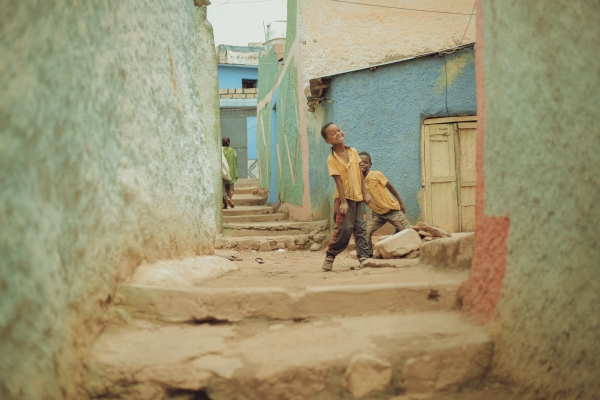Since the civil war started in Ethiopia’s Tigray region on 4 November 2020, the situation has been deteriorating. There have been reports of mass atrocities, including acts that are war crimes and crimes against humanity under international criminal law. Genocide Watch reports that genocide is now happening in Ethiopia. Atrocities have been attributed to the rebels and the government, but international NGOs point out that the atrocities committed by the government-aligned forces are more grave.
According to Genocide Watch, Ethiopian and allied Eritrean troops have been committing genocidal acts, including massacres. They are also reported to have committed mass rape, which US Secretary of State Antony Blinken described as a ‘cleansing of blood lines'. Genocidal acts are being carried out by groups opposing the government too. The Oromo Liberation Army, for example, has targeted Amhara people in the Oromia region. Moreover, Tigray is facing famine as a direct consequence of the conflict. The UN estimated that 400,000 people are experiencing famine because the government and its allies have targeted farming infrastructure and water points. Government forces have worsened the situation by implementing a blockade, which is a major impediment to humanitarian aid.
The situation in Ethiopia has led NGOs to question the effectiveness of mass atrocity risk assessments. While Ethiopia did not rank even within the first ten countries most at risk, the situation is now worse there than in many supposedly higher risk areas, and both NGOs and the UN continue calling on the Ethiopian government and its allies to put a stop to gross human rights violations. The Ethiopian case exemplifies the imprecision of mass atrocities risk assessments and their inadequacy in implementing the Responsibility to Prevent Principle, which was adopted by the international community in 2005 in response to the Rwandan genocide.
To read more, please visit:
https://www.genocidewatch.com/single-post/genocide-emergency-ethiopia
https://edition.cnn.com/2021/03/10/politics/blinken-tigray-ethnic-cleansing/index.html
https://www.ohchr.org/Documents/Countries/ET/OHCHR-EHRC-Tigray-Report.pdf
Author: Lorena Bisignano; Editor: Alexander Collin




